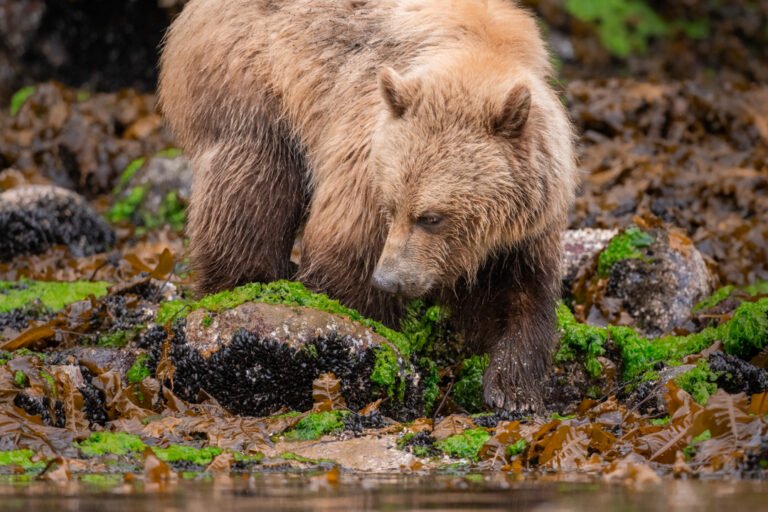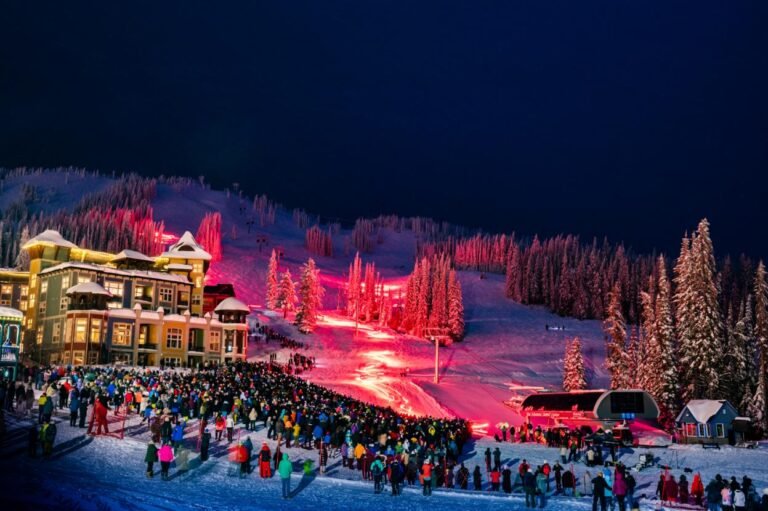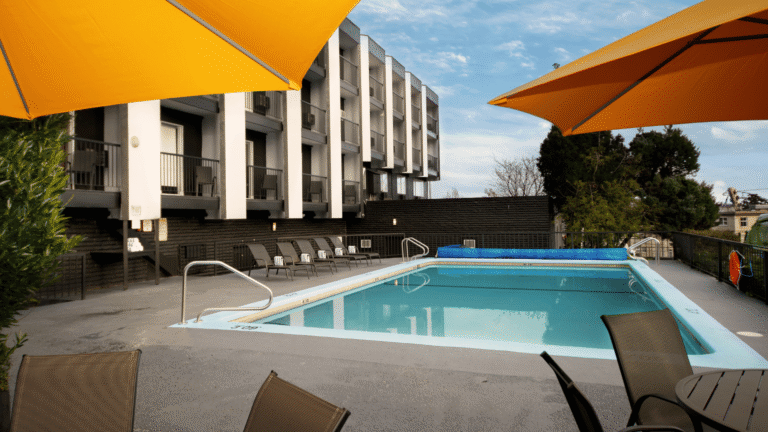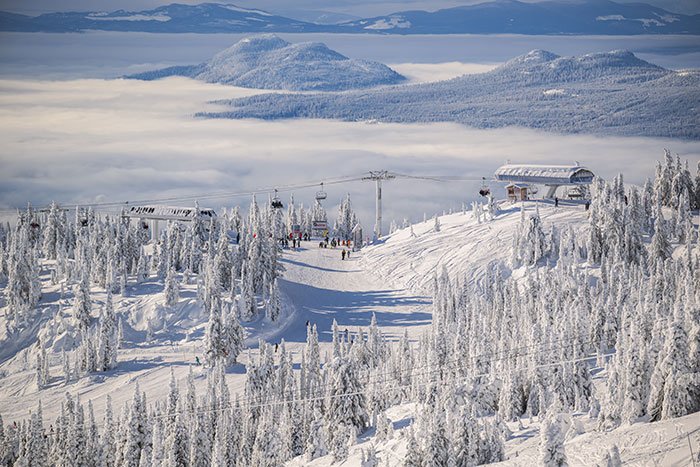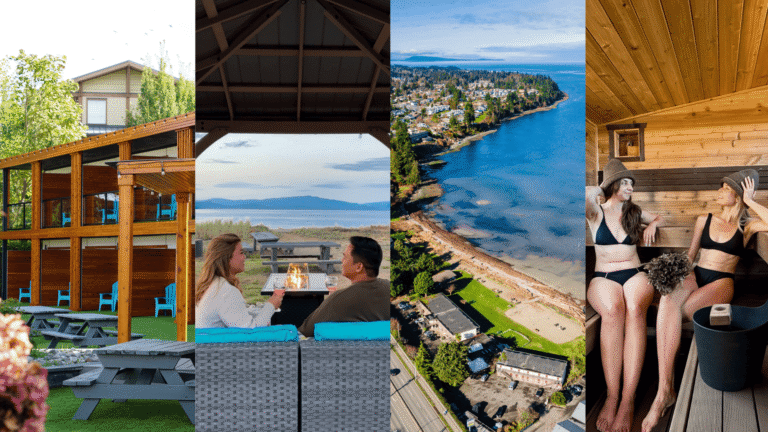The migration of birds in the fall, to their more southern wintering areas, is well known. But it passes almost unnoticed most of the time, except for a few birds seen moving through. Sometimes, however, geography conspires to concentrate their numbers, and such is the case on southern Vancouver Island.
Birds that have migrated south, the length of Vancouver Island, are faced with the watery barrier of the Strait of Juan de Fuca, if they are to continue their journey. Many species are not hindered by this crossing, and pass through essentially unnoticed. Turkey Vultures are another story.
Turkey Vultures breed across southern British Columbia and Vancouver Island, but they winter well to the south. Once included with the raptors, or birds of prey, they are now considered to be more closely related to the Old World storks. They are not strong fliers, taking advantage instead of winds and currents of rising warm air to keep them aloft in the search for the carrion on which they almost exclusively feed. (A Turkey Vulture, asked in the airport if he wanted to check the two dead raccoons under his wings, declined, explaining that they were carry-on.)
When these southbound vultures are faced with the Strait, where cool air eliminates those favourable currents, they linger, sometimes for weeks, until conditions are suitable for crossing. It is possible to see many hundreds of Turkey Vultures in the air at once, soaring in flocks called “kettles”, trying to gain enough height to carry them as far across as possible without having to resort to powered flight.
The vultures are joined by good numbers of eagles and hawks, too, although many of these do not wait so long to cross. It is a fascinating sight for all, and for birders it provides an opportunity to see many raptors, and perhaps a chance at something unusual among them.
The best time is the last two weeks of September, and into early October. The peak is generally the last weekend of September, and there are often field trips scheduled at that time. An excellent place to observe the vultures and raptors is the Aylard Farm end of East Sooke Regional Park, west of Victoria. From the parking area, it is twenty to thirty minute uphill walk to the best viewing outlook, but sometimes the observing is best at Aylard Farm, particularly if the fog rolls in.
It can be very civilized birding outing. No need to be up at the crack of dawn; ten o’clock is a good time. No need to tramp through a swamp; a warm sunny rock outcrop is best. A thermos of coffee is nice. But a word of caution; when the vultures pass overhead, don’t lie still for too long.


